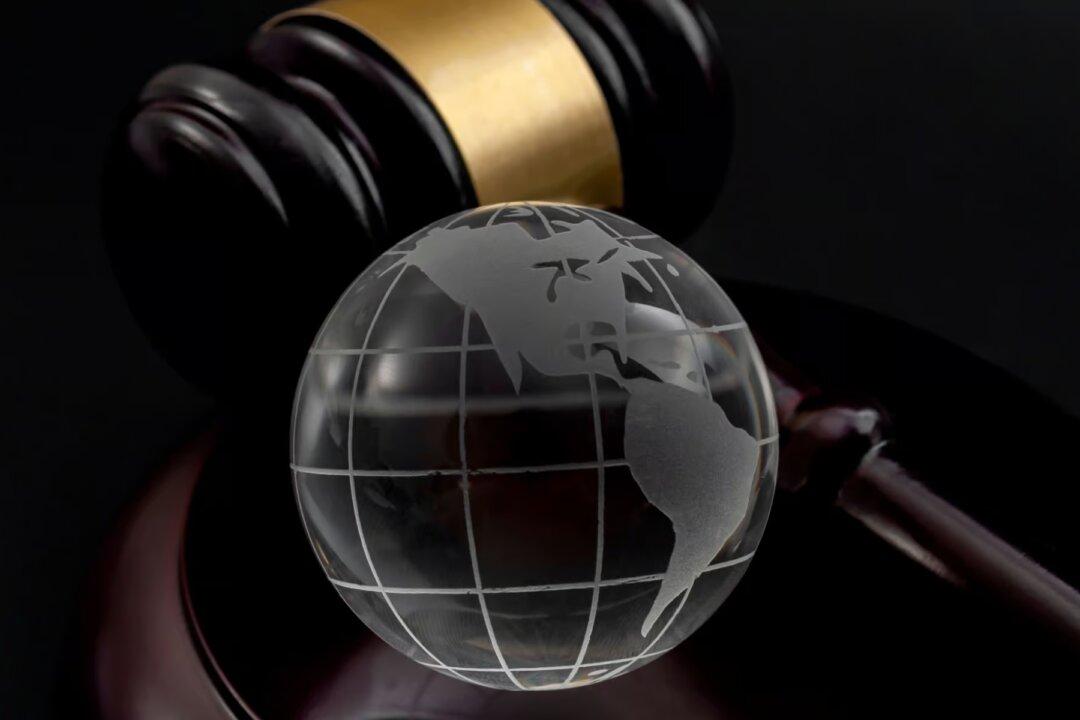Commentary
In case you hadn’t noticed, we celebrated “Europe Day” on May 9, marking the 74th anniversary of the Schuman Declaration. This declaration, presented by French Foreign Minister Robert Schuman on May 9, 1950, paved the way for the formation of a European Coal and Steel Community (ECSC), constituted in 1952 by France, West Germany, Italy, the Netherlands, Belgium, and Luxembourg. The ECSC was the first serious attempt to institutionalize supranational European cooperation in the post-war era and eventually evolved into the monetary, political, and economic union that we now call the European Union.





